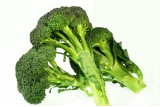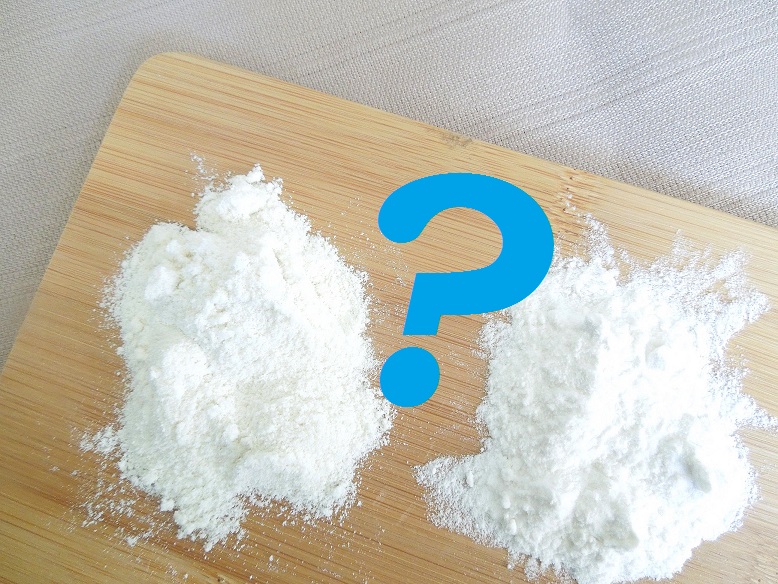Glutathione Foods
Glutathione foods can be divided into two categories: foods that contain glutathione molecule and foods that stimulate glutathione production and/or upregulate the activity of glutathione enzymes.
FOODS WITH GLUTATHIONE MOLECULE

The amount of dietary glutathione is very small compared to the amount of glutathione found in live tissues.
Daily glutathione intake from glutathione foods averages 100-150 mg. A healthy adult has about 10g of glutathione circulating in the body tissues. Thus, dietary intake comprises only 1-1.5% of circulating GSH.
The rest of glutathione is produced by cells using glutathione precursors - amino-acids glutamate, glycine and cysteine, the latter being the limiting factor of how much glutathione your cells are able to produce.
Although oral or dietary glutathione has low impact on glutathione levels, glutathione foods are still an integral part of a glutathione boosting protocol.
The main reason is that some dietary glutathione does get absorbed, and first of all into the cells of the intestines, particularly the intestines’ lumen – the inside space of the intestines’ tubular structure. This luminal glutathione participates directly in detoxification in the small intestine boosting the health of the digestive system.
Since your immune health depends greatly on how effectively you absorb all the nutrients, vitamins and minerals from food, we can confidently state that immune health depends on the health of the intestines and the whole GI tract.
Also, studies have shown that glutathione foods decreased the risk of getting mouth cancer (Dietary glutathione intake and the risk of mouth and pharyngeal cancer. Flagg EW et al. Am J Epid. 1994. 139(5), 453-465) and prevented renal and neuronal dysfunctions induced by oxidative stress in diabetic rats (Dietary glutathione protects rats from diabetic neuropathy and neuropathy. Ueno Y et al. J Nutr. 2002. 132, 897-900).
Cooking reduces glutathione content in foods, so do the length and conditions of storage and farming practices. Only uncooked raw vegetables, fruit, raw eggs, raw unpasteurized milk and dairy, raw or rare meats are rich in glutathione. Cooked, pasteurized and processed foods contain far less glutathione or none at all.
For example, one study showed 73-80.6% reduction in glutathione content of human breast milk after mere 2 hours of being frozen (80.6%), refrigerated (79.1%) or kept at room temperature (73%) for later use as food for infants. This is a significant drop compared to fresh unstored breast milk, taking into account the fact that breast milk is the only source of glutathione for newborns and babies as they do not yet produce much on their own (Human breast milk storage and the glutathione content. Ankrah NA et al. J Trop Pediatr. 2000 Apr;46(2):111-3).
Below is the table of some of the raw (uncooked) glutathione foods.
Select Glutathione Foods, mg per 100g (3.5 oz.)
|
|
|
| Asparagus | 28.3 |
| Avocado | 27.7 |
| Spinach | 11.4 |
| Okra | 11.3 |
| Broccoli | 9.1 |
| Cantaloupe | 9.0 |
| Tomato | 9.0 |
| Carrot | 7.9 |
| Grapefruit | 7.9 |
| Orange | 7.3 |
| Zucchini | 7.0 |
| Strawberry | 6.9 |
| Watermelon | 6.6 |
| Papaya | 5.8 |
| Red bell pepper | 5.5 |
| Peach | 5.0 |
| Lemon | 4.8 |
| Mango | 4.3 |
| Banana | 4.1 |
| Cauliflower | 4.0 |
| Walnuts | 3.7 |
| Cucumber | 3.5 |
| Green bell pepper | 3.4 |
| Apple | 3.3 |
| Grape | 2.7 |
Sources: Glutathione in foods listed in the National Cancer Institute's Health Habits and History Food Frequency Questionnaire. Jones DP Nutr Cancer. 1992;17(1):57-75.; Alan Pressman “Glutathione. The Ultimate Antioxidant”; Leo Nollet “Handbook of Analysis of Active Compounds in Functional Foods”, pp.73-74; Lester Packer “Handbook of Antioxidants”, pp. 551-552
FOODS THAT STIMULATE GLUTATHIONE PRODUCTION
Certain chemicals (cyanohydroxybutene, diindolylmethane, glucoraphanin, sulphraphane, indole-3-carbinol, betalains and chrolophyll) found in foods and spices are known to contribute to glutathione production in the body, assist in recycling oxidized glutathione back to its reduced (non-oxidized) form, and also boost the synthesis and the activity of important glutathione enzymes – glutathione peroxidase (GPx) and glutathione S-transferase (GST).

These foods are:
- Broccoli
- Cauliflower
- Cabbage
- Brussels sprouts
- Garlic
- Parsley
- Spinach
- Beets
- Turmeric
- Cinnamon
- Cardamom
- Black seeds (black cumin)
Further reading:
Cysteine – the limiting factor in glutathione production
How To Raise Glutathione: pros and cons of most known methods
Return to Top of Glutathione Foods
Return to How To Raise Glutathione
Return to List of Superfoods
Return to Foods With Melatonin
Return to Home









